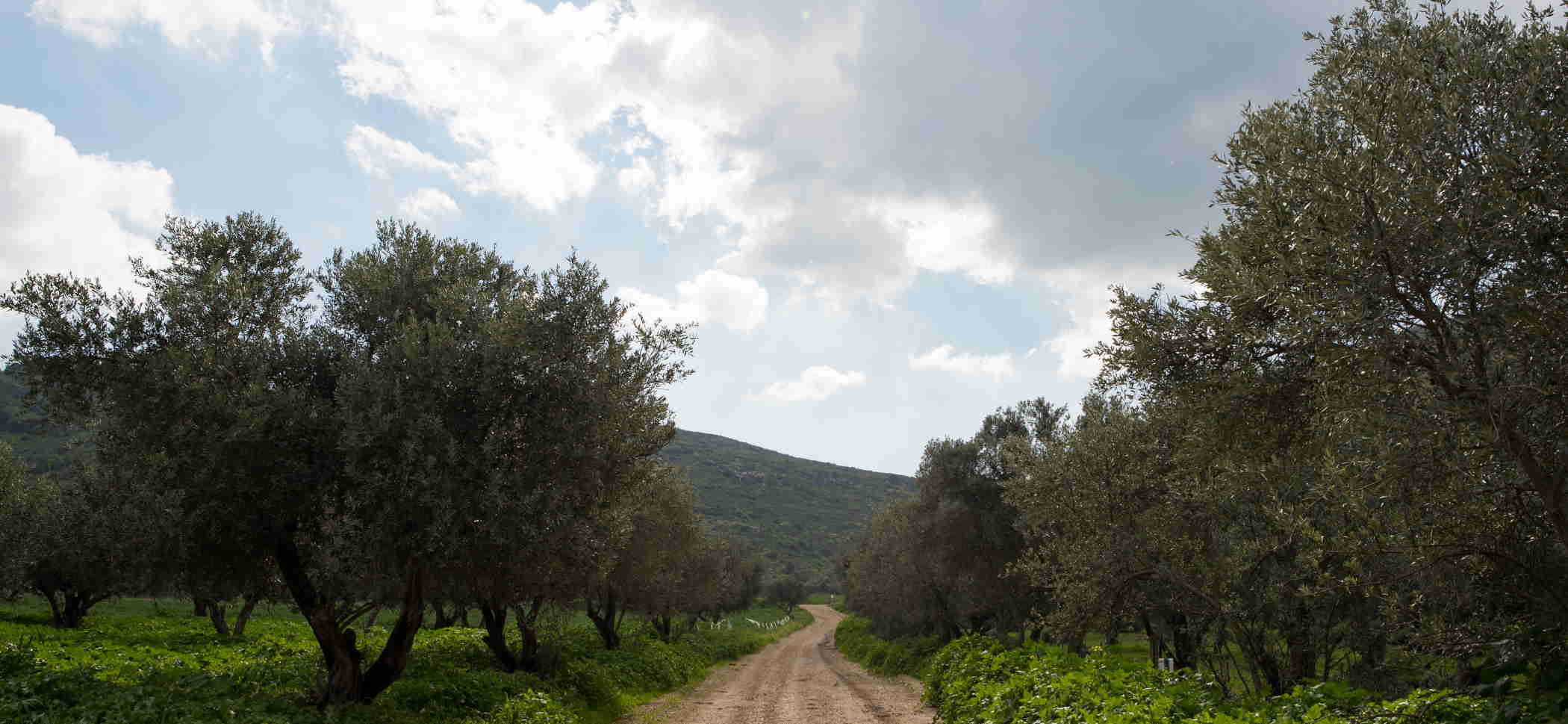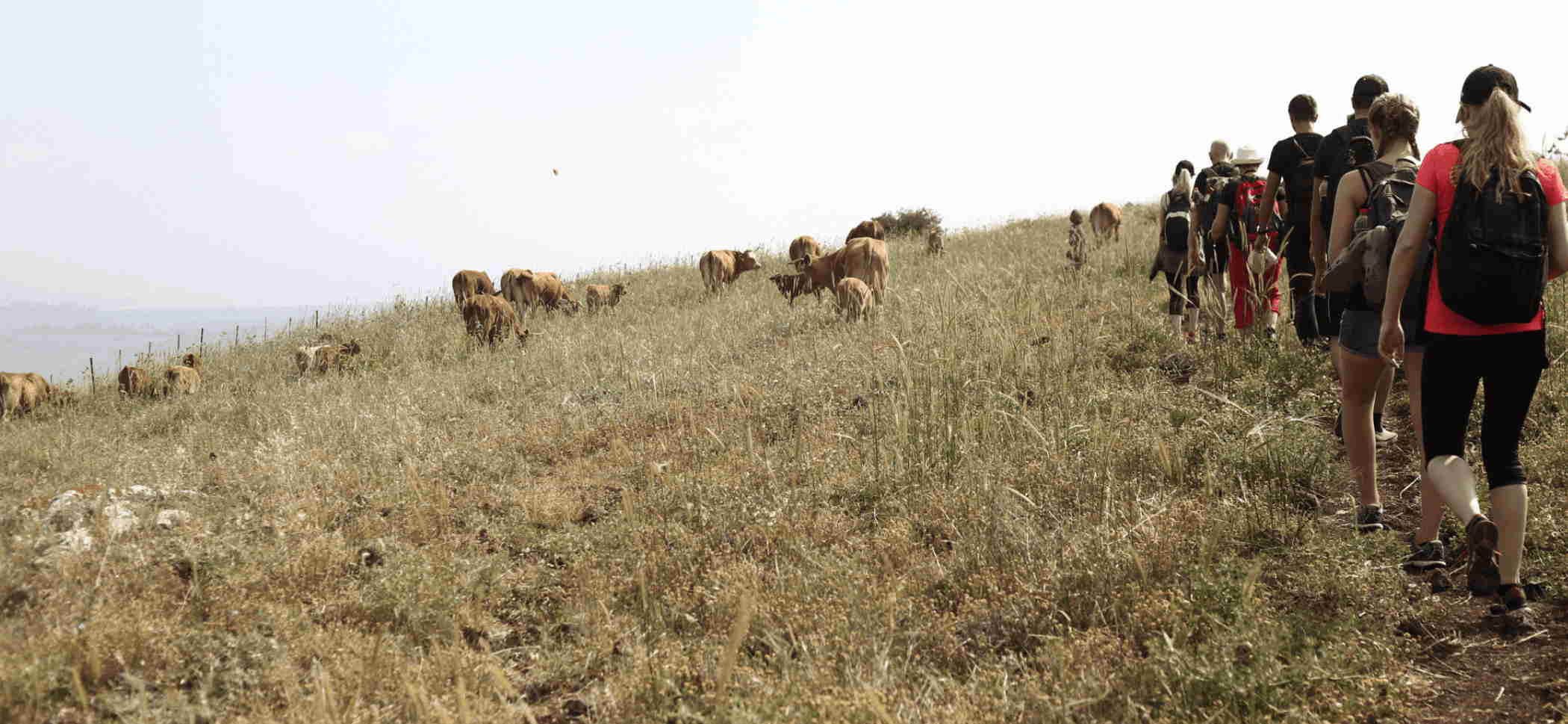Beyond iconic destinations such as Jerusalem and Tel-Aviv, lies a hidden gem that offers a unique and soul-stirring experience: the Jesus Trail.
The Jesus Trail is an extraordinary journey that intertwines history, spirituality, and adventure.
History
In 2009, the founders of the Jesus Trail aspired to create a one-of-a-kind trek that would resonate with both spiritual pilgrims and avid hikers. Drawing inspiration from biblical narratives, this 65-kilometer trail weaves its way through the Galilee region in Northern Israel, taking travelers on an authentic journey to sites that hold great significance in the life of Jesus. While the trail is rooted in religious history, it has evolved into a world-class hiking route that captivates adventurers seeking an unforgettable experience.
Nazareth and Nazareth Village
The trail begins in Nazareth, the very hometown of Jesus, where travelers can explore the Church of the Annunciation, an impressive structure marking the spot where the angel Gabriel is said to have visited the Virgin Mary. Further exploration leads to Saint Joseph’s Church, which is believed to have housed the carpentry workshop of Joseph, Jesus’ earthly father. While in Nazareth, visitors can also delve into the rich culture and witness a recreation of 1st-century life at Nazareth Village.
As the journey continues, the trail passes through Nebi Shu’eib, a remarkable mosque-like structure with deep spiritual significance for the Druze community. Here, the tomb of Jethro, father-in-law of Moses, is honored—a profound testament to the trail’s embrace of diverse religious heritage.
Arbel
A highlight of the trek is the Cliffs of Arbel, towering 700 feet above the Sea of Galilee. The breathtaking descent down the cliffs allows hikers to glimpse ancient cliff dwellings crafted by the Druze, possibly alongside earlier Jewish settlements. The enchanting town of Wadi Hamam awaits at the foot of the cliffs, offering a taste of modern life juxtaposed against ancient history.
Capernaum
Capernaum, or Kefar Nachum, is a picturesque fishing village perched on the shores of the Sea of Galilee. This was Jesus’ home during his ministry, and the New Testament is replete with references to his time spent here. The peaceful ambiance and historical significance make Capernaum a fitting finale to this unforgettable trail.
Cultural Exchange with the Locals
One of the most enriching aspects of the Jesus Trail is the opportunity to interact with local communities along the route. The trail was conceived to foster understanding among people of diverse nationalities, cultures, and religions. Travelers can engage with Israeli-Arabs, Druze, Orthodox Jews, and others, gaining insights into their unique ways of life.
Additionally, staying in accommodations managed by locals ensures direct support for these communities through responsible ecotourism. This commitment to sustainable travel is an essential part of the trail’s ethos, helping to preserve the natural beauty and cultural heritage for generations to come.
The Caretakers of Nature
The Jesus Trail’s founders envisioned it not only as a historical and spiritual odyssey but also as an opportunity to cultivate a deeper connection with the environment. The trail encourages trekkers to adopt a “leave no trace” approach, promoting responsible tourism that respects and safeguards nature.
Volunteers diligently work to combat the challenge of unregulated dumping in the towns surrounding the trail, ensuring its cleanliness and ecological preservation. By immersing oneself in the serenity of the natural world, hikers can experience a profound sense of rejuvenation and oneness with the Earth.
Practical Tips for the Journey
To ensure the most enjoyable experience along the Jesus Trail, it’s essential to plan the trek with care. The best time to undertake this journey is between September and April when the weather is favorable for hiking. Sturdy, comfortable hiking boots are a must, and modest clothing is advisable when passing through villages and holy sites.
Accommodation options vary, with prices to suit different budgets. Opting for local accommodations not only supports the communities but also minimizes the trail’s impact on the environment. By making responsible choices, hikers can maximize their experience while contributing positively to the places they visit.
Much more than a physical journey
Whether you seek to explore history, connect with nature, or deepen your spiritual understanding, this unique trek offers an opportunity for personal growth and transformation.
As you trace the footsteps of Jesus, you’ll not only traverse sacred landscapes but also contribute to the well-being of local communities and the preservation of nature. The Jesus Trail embodies the essence of Israel’s remarkable diversity, and those who undertake this pilgrimage leave with cherished memories and a heart filled with wonder. Prepare to be captivated by a trip that defies convention, a journey unlike any other.




